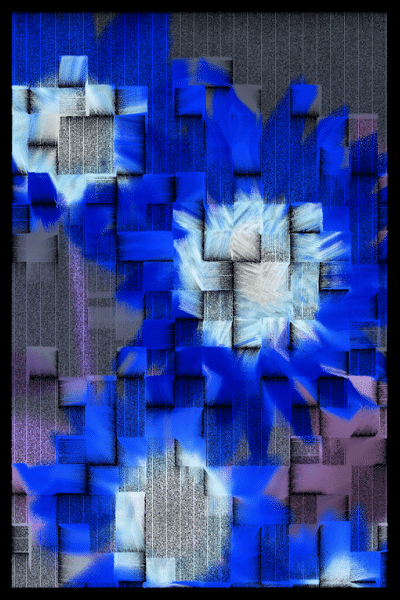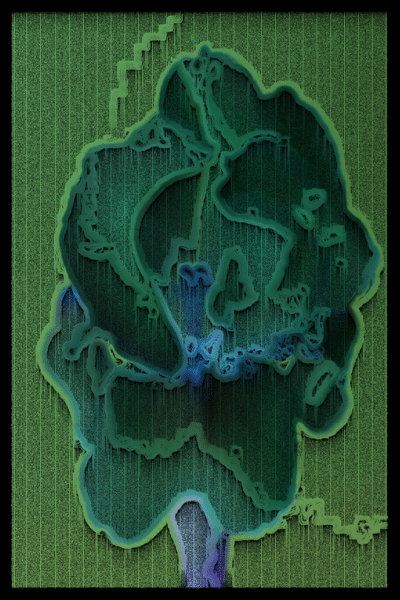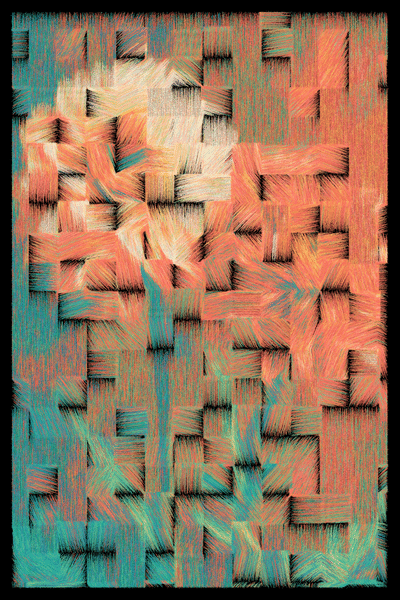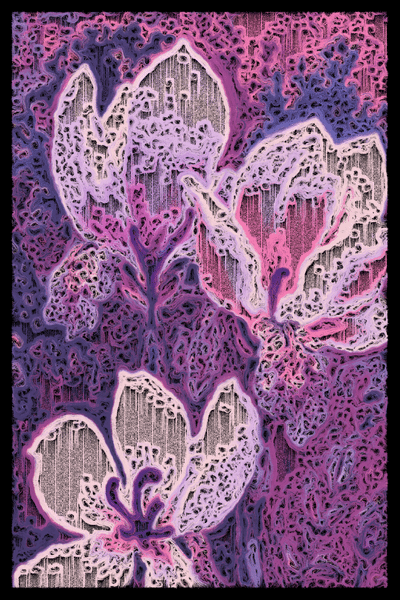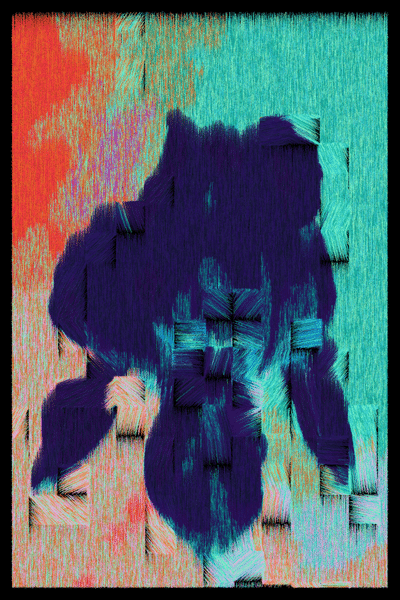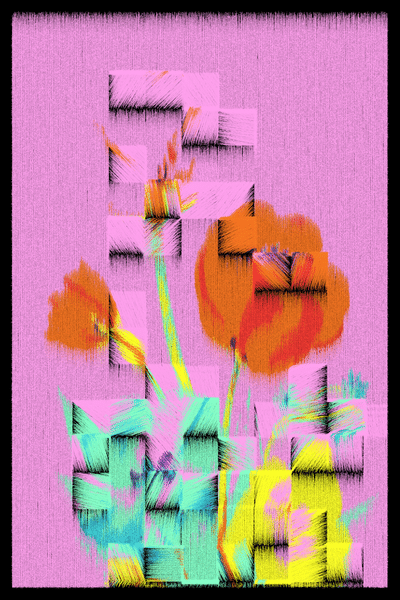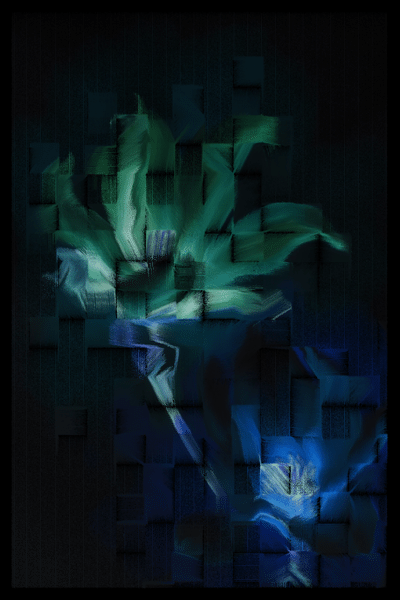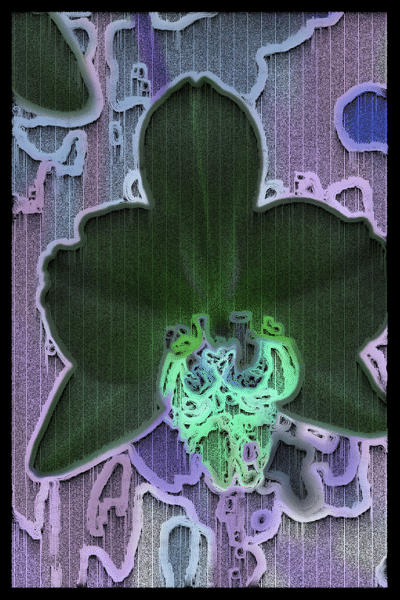Echoes
Recent mints
View more on OpenseaCory Haber is a New York-based generative artist, widely recognized for his innovative approach to bridging the gap between digital and physical art forms. With a passion for exploring the intersection of technology and art, Cory has successfully crafted a distinct artistic style that captures the essence of nature through computational design. Cory began exploring the use of a plotters to create art in 2016. What began as an experiment turned into a passion. Cory discovered new forms of expression and new mechanisms of creation. Not content to use off-the-shelf paintbrushes, instead, he 3D prints his own, in order to create a distinctive style for his large-scale paintings on canvas. Each of his creations, both digital and physical, stem from the same foundational source code, yet evolves into separate, distinct pieces of art. Cory’s work challenges the traditional notions of creativity, as he pushes boundaries to expand the way art is created. His work harnesses the power of algorithms and technology to delve into the unpredictability and emerging patterns reminiscent of those observed in nature, channeling these insights into his code. His outputs therefore reflect not only the relationship between humans and machines, but also humans and nature. Cory's work is a reflection of the rapidly evolving digital age. His art offers viewers an immersive experience that transcends traditional artistic boundaries. As a generative artist, Cory challenges
